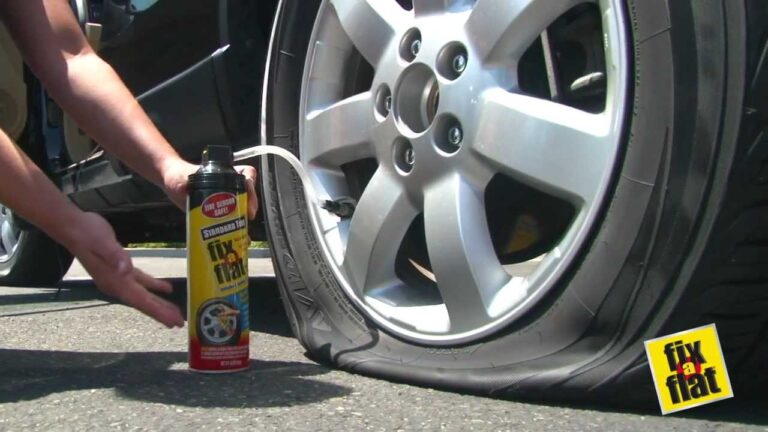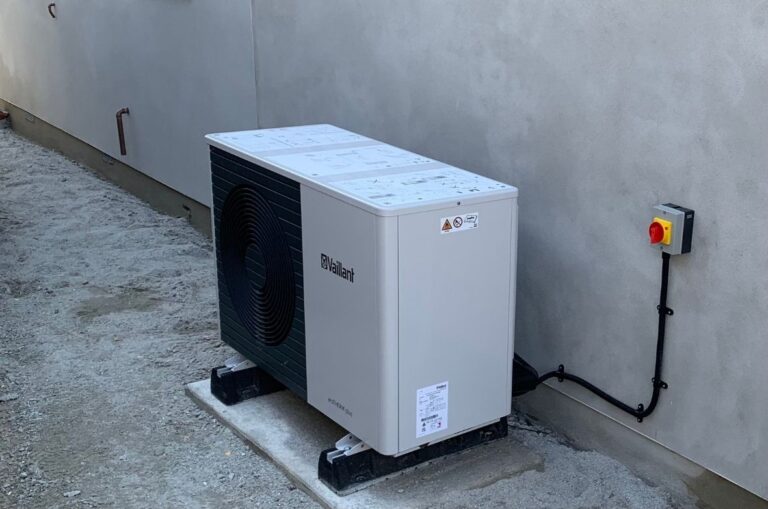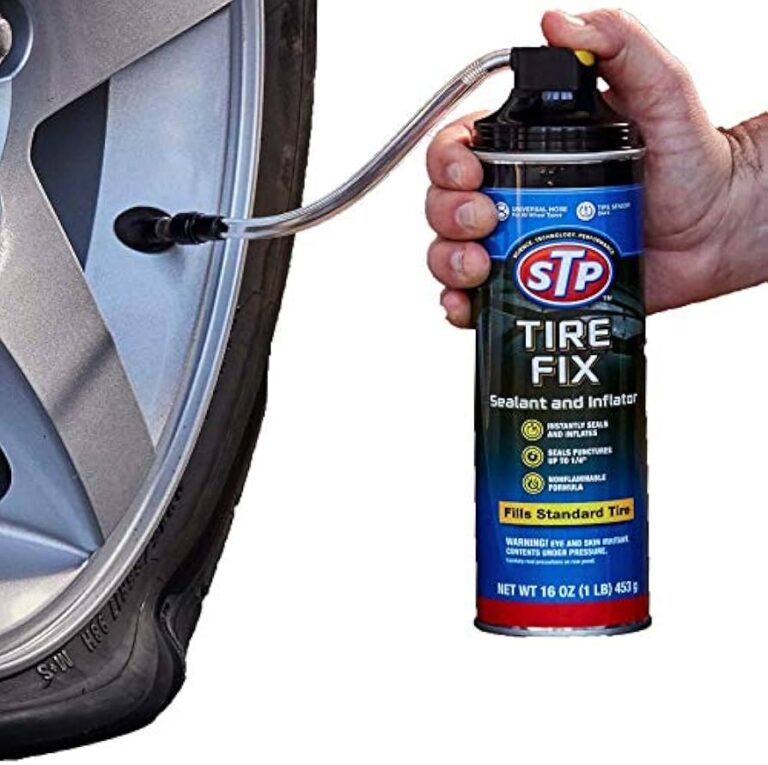Finding The Right Air Compressor For Tires With Pressure Gauge
Flat tire? It’s happened to all of us. The frustration is real, but knowing you have a reliable air compressor for tires with pressure gauge can transform a stressful situation into a quick fix. This guide will help you choose the perfect compressor, ensuring you’re always prepared for the unexpected. We’ll cover everything from choosing the right PSI to understanding different compressor types, helping you become a tire-inflation expert.
Choosing the Right Air Compressor
Selecting the right air compressor for tires with pressure gauge involves considering several factors to ensure it meets your needs and provides reliable service. This section will guide you through the key aspects to consider before making a purchase, helping you avoid common pitfalls and select the ideal model for your vehicle and usage frequency.
Compressor Types
- Portable Air Compressors: These are lightweight and easy to transport, perfect for occasional use or keeping in your vehicle. They’re generally less powerful than larger models, but sufficient for inflating most car tires. A good portable option should have a built-in pressure gauge for accurate inflation.
- Garage Air Compressors: These are more powerful and durable, designed for frequent use and heavier-duty tasks. They usually feature a larger tank, providing more compressed air for multiple inflations without needing to recharge. Garage compressors are ideal for those who regularly inflate tires or use air tools.
- Electric vs. Gas: Electric compressors are quieter, cleaner, and easier to use, but their power is limited by the outlet’s amperage. Gas compressors offer more power, especially useful for larger tires or frequent heavy use, but require fuel and produce more noise and emissions.
Pressure Gauge Accuracy
The accuracy of the pressure gauge is crucial for safe and proper tire inflation. Inaccurate readings can lead to underinflation (resulting in poor fuel economy and handling) or overinflation (increasing the risk of blowouts). Look for compressors with gauges that offer clear, easy-to-read numbers and a high degree of accuracy.
- Analog vs. Digital: Analog gauges are simpler and typically more durable, while digital gauges provide greater precision and easier readability, especially in low-light conditions. The choice depends on personal preference and needs.
CFM and PSI Ratings
Understanding Cubic Feet per Minute (CFM) and Pounds per Square Inch (PSI) is vital for selecting a compressor appropriate for your needs. CFM refers to the volume of air the compressor delivers per minute, while PSI indicates the pressure it can generate. Higher CFM values allow for faster inflation, while higher PSI ratings are essential for inflating larger or more stubborn tires. A lower CFM might be sufficient for a small car tire, while a much higher CFM would be needed for truck or RV tires.
- CFM: The CFM rating determines how quickly the compressor can fill a tire. A higher CFM translates to faster inflation times. For passenger car tires, a CFM rating of 1-2 should be sufficient for most needs. Larger vehicles might require higher CFM ratings.
- PSI: The PSI rating indicates the maximum pressure the compressor can generate. Most car tires require between 30-35 PSI, but this varies depending on the vehicle and tire specifications. Ensure the compressor’s maximum PSI exceeds your tire’s recommended pressure.
Air Compressor Features and Accessories
Beyond the basic specifications, several features and accessories can enhance your air compressor experience, making inflation easier, faster, and more convenient. This section explores some essential additions to consider when choosing your compressor.
Additional Features
- Automatic Shut-off: This feature automatically stops the compressor once the desired pressure is reached, preventing overinflation and saving energy.
- Hose Length: A longer hose provides greater flexibility and reach, making it easier to inflate tires without moving the compressor. Consider the distance between your compressor and where you’ll typically use it when selecting this feature.
- Multiple Nozzles: Many compressors include various nozzles for inflating different items beyond tires, such as sports balls or inflatable toys. This versatility increases the overall value of the tool.
Maintaining Your Air Compressor
Regular maintenance ensures your air compressor provides years of reliable service. Proper care involves several steps to keep it operating optimally and prevent premature wear and tear. Failure to maintain your compressor can lead to performance issues and reduced lifespan. A well-maintained compressor will deliver consistently accurate readings.
- Regular Oil Changes (for oil-lubricated compressors): Follow the manufacturer’s recommendations for oil changes, as neglecting this can damage internal components. Using the correct type of oil is also crucial for optimal performance and longevity.
- Cleaning the Compressor: Dust and debris can accumulate inside and around the compressor, affecting performance and longevity. Periodically clean the compressor to remove these contaminants, extending its lifespan.
- Inspecting Hoses and Connections: Regularly inspect hoses and connections for cracks, leaks, or damage. Replacing worn-out parts prevents leaks and ensures safe operation.
Using Your Air Compressor Safely
Safe operation of an air compressor is paramount to prevent accidents and injuries. This section emphasizes safety precautions to ensure responsible and effective use of your compressor and maintain safety during tire inflation. Ignoring safety practices can lead to significant risks and even serious injuries.
Safety Precautions
- Never exceed the recommended tire pressure: Overinflation is a serious safety hazard, increasing the risk of tire blowouts and potentially causing damage to the tire or rim. Consult your vehicle’s owner’s manual for the correct tire inflation pressure.
- Always use the correct nozzle: Using the wrong nozzle can damage the compressor or cause injury. Make sure you use the nozzle designed for the type of item you are inflating.
- Never operate the compressor near flammable materials: Air compressors can generate heat, and some models use electricity, both posing significant risks near flammables.
Troubleshooting Common Issues
Even with careful selection and maintenance, you might encounter occasional issues with your air compressor. Understanding how to troubleshoot common problems can save time and prevent unnecessary frustration. Simple issues can be resolved quickly through basic troubleshooting, minimizing downtime and inconvenience.
- Compressor Won’t Turn On: Check the power cord, outlet, and circuit breaker to ensure there’s power to the compressor. Verify the compressor’s switch is in the “on” position. If it still doesn’t work, a professional repair might be needed.
- Compressor Runs But Doesn’t Inflate: Check for leaks in the hoses or connections. Ensure the nozzle is securely attached to the tire valve. If the problem persists, the compressor itself may need attention.
- Inaccurate Pressure Gauge Readings: If the gauge readings seem consistently inaccurate, consider replacing the gauge. A malfunctioning gauge can lead to over or underinflation, causing safety concerns.
Comparing Air Compressors
Insert a comparison chart here comparing three different air compressors for tires with pressure gauges (e.g., a portable, a garage, and a high-pressure model). Include columns for features like CFM, PSI, tank size, weight, price, and overall rating. A comparative analysis will help consumers make informed decisions.
| Feature | Portable Compressor | Garage Compressor | High-Pressure Compressor |
|---|---|---|---|
| CFM | 1.5 | 3.0 | 5.0 |
| PSI | 150 | 175 | 200 |
| Tank Size (gallons) | 0.8 | 6 | 12 |
| Weight | 5 lbs | 30 lbs | 60 lbs |
| Price | $50 | $200 | $500 |
FAQ
What PSI should I inflate my car tires to?
The correct tire pressure is specified on a sticker located on your driver’s side doorjamb or in your owner’s manual. Do not rely solely on the gauge on the air compressor. Always check your vehicle’s recommendation.
How often should I check my tire pressure?
It’s recommended to check your tire pressure at least once a month and before long trips. Tire pressure can fluctuate due to temperature changes.
What should I do if my tire is significantly underinflated?
If your tire is significantly underinflated, you might have a leak. Avoid driving on a severely underinflated tire. Have it inspected by a mechanic to determine the cause and repair it.
Can I use any air compressor for any tire?
While many compressors work for various tires, you should check the compressor’s maximum PSI rating to ensure it’s sufficient for your specific tires. Using a compressor with insufficient PSI can lead to longer inflation times and potentially damage the compressor.
My air compressor isn’t working properly. What should I do?
First, check the power source and connections. Look for any kinks or damage in the hoses. If the issue persists, consult the manufacturer’s instructions or contact a qualified repair technician.
How do I maintain my air compressor for tires with pressure gauge?
Regularly clean your compressor, lubricate moving parts (as needed), and check for leaks. Inspect the pressure gauge for accuracy. Refer to the manufacturer’s instructions for specific maintenance guidelines.
Final Thoughts
Choosing the right air compressor for tires with pressure gauge is a crucial decision for maintaining your vehicle’s safety and performance. By considering factors like compressor type, CFM and PSI ratings, pressure gauge accuracy, and safety features, you can select a model that suits your needs and budget. Remember, regular maintenance and safe operating practices will ensure years of reliable service from your chosen compressor. Don’t wait until you have a flat tire; equip yourself with the right tool today!



